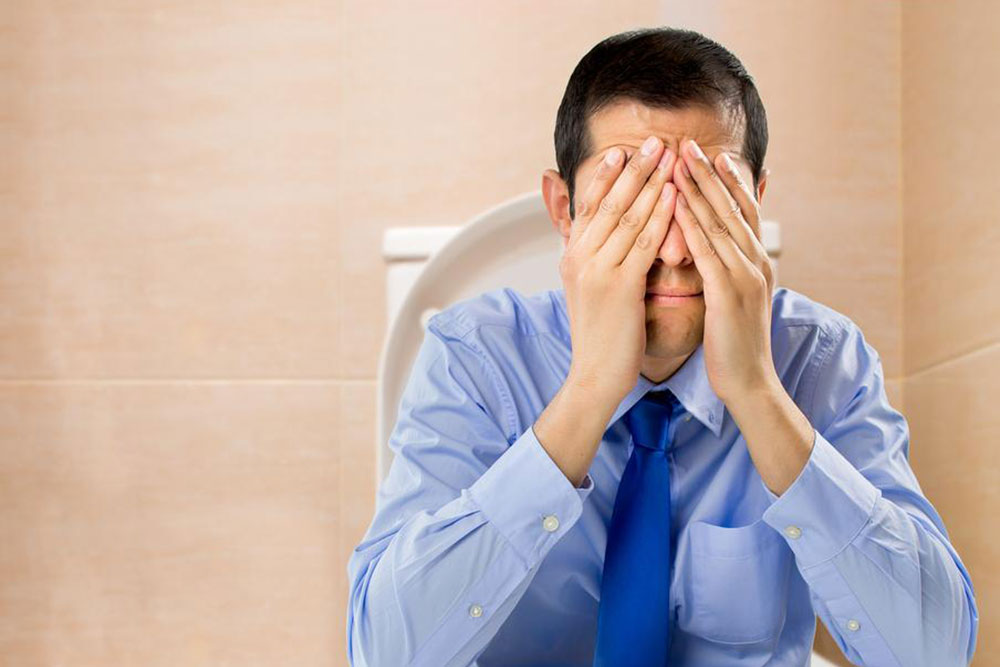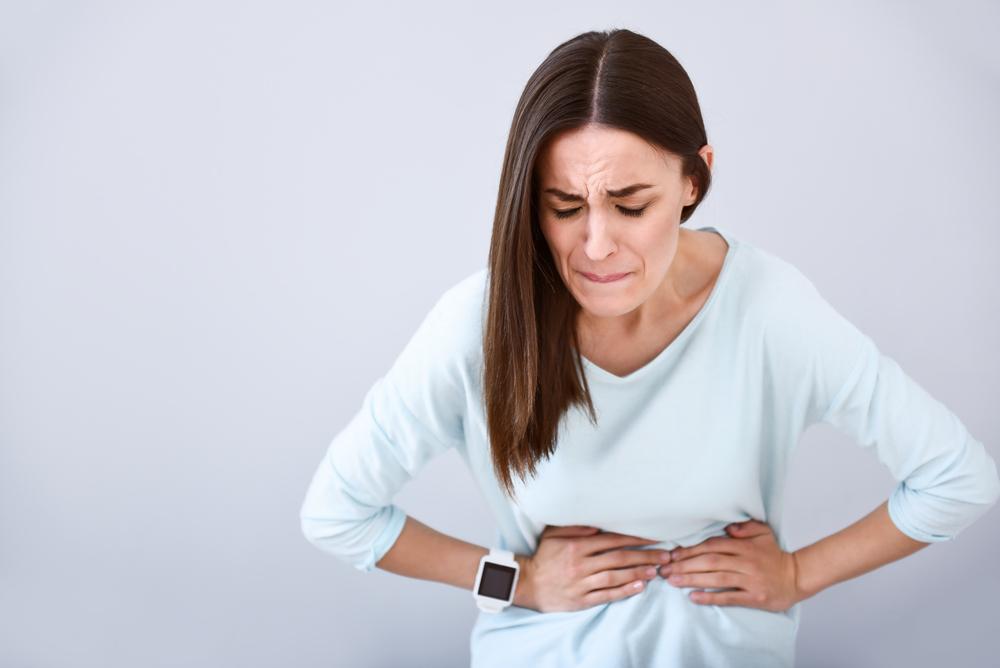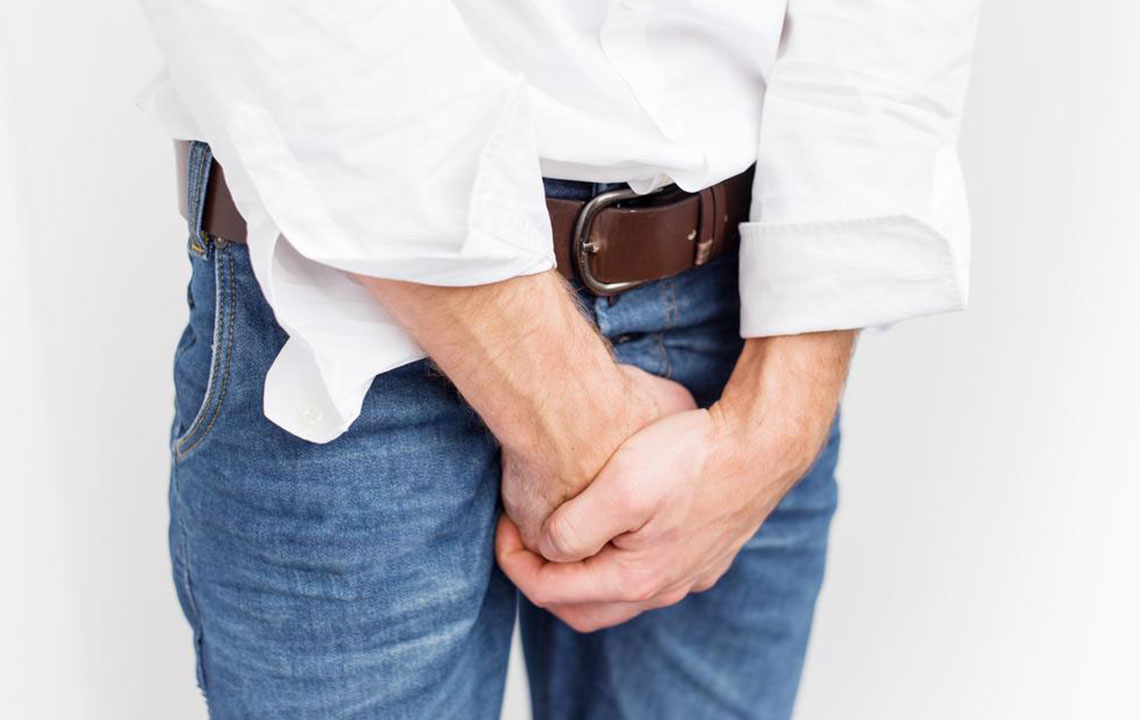Comprehensive Guide to Managing Hemorrhoids Effectively
This comprehensive guide explores the causes, symptoms, and management options for hemorrhoids, covering lifestyle changes, medications, and surgical procedures. It emphasizes early detection and personalized treatment to alleviate discomfort and improve quality of life for sufferers. Gain insight into effective strategies for managing hemorrhoids and preventing recurrence through proven techniques and medical options.

Comprehensive Guide to Managing Hemorrhoids Effectively
Hemorrhoids, commonly known as piles, are swollen blood vessels located in the lower part of the rectum and anus. These blood vessels, which typically serve as cushions to help control stool passage, can become inflamed, engorged, or swollen due to increased pressure or other factors. This condition affects millions globally, with statistics indicating that approximately 50% of adults in the United States will experience hemorrhoids at some point by the age of 50. Although hemorrhoids are often manageable, their symptoms can significantly impair daily life, causing discomfort, pain, and embarrassment. Understanding their types, symptoms, and available treatment options is essential for effective management and relief.
Understanding the Different Types of Hemorrhoids
Internal Hemorrhoids: These occur within the anal canal and are generally painless, although they can cause bleeding during bowel movements. They are often detected by their protrusion from the anus, which may be felt as tissue flaps or lumps. Larger internal hemorrhoids can lead to a sensation of fullness or pressure in the rectal area and may cause discomfort or itching. These hemorrhoids are usually not visible externally, making them harder to detect without medical examination.
External Hemorrhoids: Located beneath the skin around the anal opening, external hemorrhoids are visible as bluish or purple lumps. They tend to be painful, especially if irritated or if blood clots form within them—a condition known as thrombosed hemorrhoids. These lumps can bleed if ruptured and are sensitive to touch due to the skin’s high nerve supply. External hemorrhoids are often associated with itching, swelling, and soreness around the anal region, contributing to significant discomfort.
Thrombosed Hemorrhoids: This specific type refers to external hemorrhoids where a blood clot has formed inside the swollen vein. Thrombosed hemorrhoids are often intensely painful, presenting as hard, swollen lumps near the anus. The pain often worsens with movement or bowel movements, and redness and inflammation may be present around the affected area. This condition often requires prompt medical attention to alleviate symptoms and prevent complications.
Recognizing the Common Symptoms of Hemorrhoids
A visible lump or swelling around the anal area due to blood clot formation
Persistent feelings of fullness or pressure after bowel movements
Bright red blood during or after bowel movements, often seen on toilet paper
Itching, irritation, or mucus discharge in the anal region
Painful bowel movements or discomfort during defecation
Redness, swelling, or soreness around the anus
Effective Treatment Strategies for Hemorrhoids
Managing hemorrhoids effectively involves a combination of lifestyle modifications, medications, and sometimes medical procedures. Over-the-counter remedies such as topical creams, ointments, and suppositories containing hydrocortisone or witch hazel can help reduce inflammation and relieve symptoms. Applying petroleum jelly around the anal opening can minimize pain during bowel movements by reducing friction.
Dietary changes are crucial; increasing fiber intake through fruits, vegetables, whole grains, and legumes helps soften stools and promote regular bowel movements, reducing straining. Adequate hydration is equally important to prevent constipation. Regular exercise can improve bowel function and reduce pressure on rectal veins.
Warm sitz baths, where the affected area is soaked in warm water for 10–15 minutes, can soothe irritation, decrease swelling, and ease pain. Over-the-counter topical products containing lidocaine or hydrocortisone are effective for short-term symptom relief. For persistent or severe hemorrhoids, medical interventions may be necessary.
Patients should avoid straining during defecation, minimize time on the toilet, and refrain from lifting heavy objects that increase abdominal pressure. These preventive measures can significantly minimize the likelihood of hemorrhoid flare-ups.
Surgical and Minimally Invasive Treatment Options
When conservative management fails or hemorrhoids cause significant discomfort or complications, surgical procedures are considered. Two main surgical approaches include:
Stapled Hemorrhoidopexy: This minimally invasive technique involves using a special device to place staples that reposition prolapsed hemorrhoidal tissue. It is favored for its quicker recovery time and less postoperative pain; however, it has a slightly higher risk of recurrence compared to traditional surgery.
Hemorrhoidectomy: A comprehensive surgical removal of hemorrhoids performed under general anesthesia. This method is effective for severe, persistent, or thrombosed hemorrhoids that do not respond to other treatments. Hemorrhoidectomy offers a low recurrence rate and is regarded as the definitive solution for complicated cases. Postoperative recovery may be slightly longer, but patients usually experience significant symptom relief.
Other less invasive options include rubber band ligation, sclerotherapy, and infrared coagulation, which can be suitable for smaller or less severe hemorrhoids.
In conclusion, understanding hemorrhoids, their causes, symptoms, and treatment options empowers individuals to seek timely intervention and adopt effective management strategies. Whether through lifestyle modifications, medication, or surgical procedures, relief from hemorrhoids is achievable. Consulting a healthcare professional ensures personalized treatment tailored to individual needs and severity, enhancing quality of life and reducing discomfort related to this common condition.





